The history of soap: how sewage began to be used for cleanliness
By Pictolic https://pictolic.com/article/the-history-of-soap-how-sewage-began-to-be-used-for-cleanliness.htmlIt is difficult for modern people to imagine life without soap. This simple hygiene product takes pride of place in the consumer basket of every family. However, it did not always exist. The history of soap is quite long and paradoxically dirty.
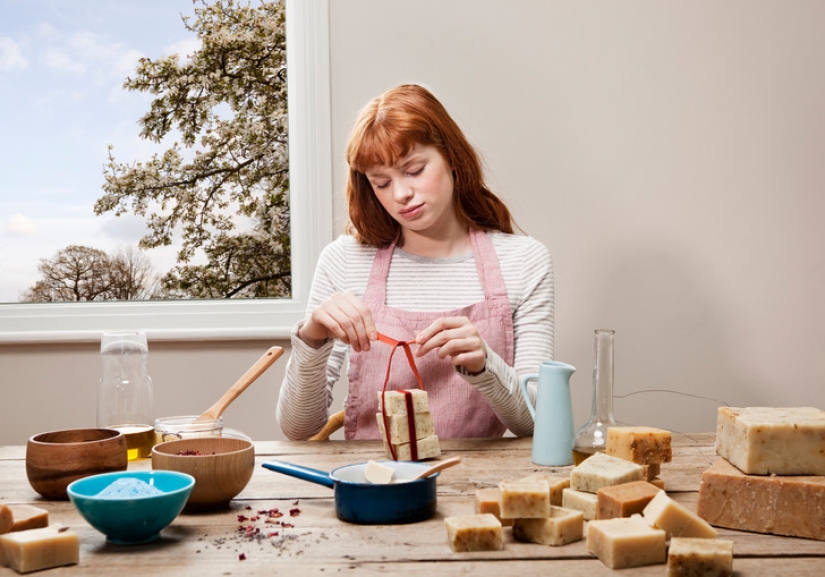
In fact, before the appearance of soap in the form in which we used to see it, people used literally everything that came to hand to clean clothes and bodies from dirt: clay, flour, pumice stone, ash, human urine, bovine bile, sand, sawdust, honey, beeswax, yeast, egg yolks, milk, bark and fruits of various plants, as well as bird droppings and even brain bones.
Historians suggest that the history of soap originates in Mesopotamia. The first mention of the ancient composition of the soap solution dates back to about 2500 BC. The recipe for hygiene products was found on Sumerian tablets. The cleansing drug consisted of only three ingredients: wood ash, water and goat fat. All this boiled and turned into a greasy slime that was able to clean the body and clothes from dirt.
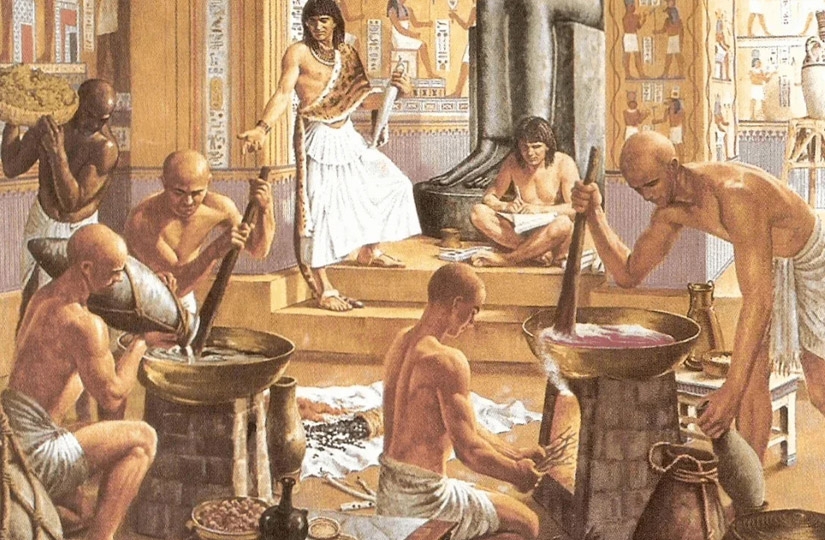
In ancient Egypt, a substance consisting of animal or vegetable fats and an extract of galena or calcium carbonate, which was extracted from the Nile, was used as a cleansing agent. The recipe for the ancient drug was described in 1550 BC on the Ebers papyrus, an ancient Egyptian medical treatise.
The word "soap" itself comes from the Latin "sapo". According to legend, sacrifices were regularly performed on a certain Mount Sapo in ancient Rome. Animal fat, which was formed as a result of burning, mixed with ash and during rain flowed into the Tiber River, in which the Romans washed clothes. However, this legend has not been confirmed, because scientists have not been able to find at least one reliable source in which the name of Mount Sapo or its location in general would appear.
During the excavations of Pompeii, archaeologists managed to find pieces of a strange soap-like substance preserved from those times. However, the analysis showed that it was ordinary clay with traces of urine. As a result, historians came to the conclusion that they had discovered not a soap factory, but a fullonica – an ancient Roman laundry.

While the soap recipe has not yet been invented, human urine was actively used in everyday life. Ammonia, which is formed in urine when it decomposes, copes well with fat and dirt on clothes. It is worth noting that in some countries laundresses still use urine for washing or rinsing.
In ancient Rome, working in a laundry meant not only washing, but also collecting urine from the population. To do this, fullonica workers placed pots all over the city so that people could urinate in them. Then the filled vessels were brought to the laundry, where they were mixed with clay and used for washing clothes.
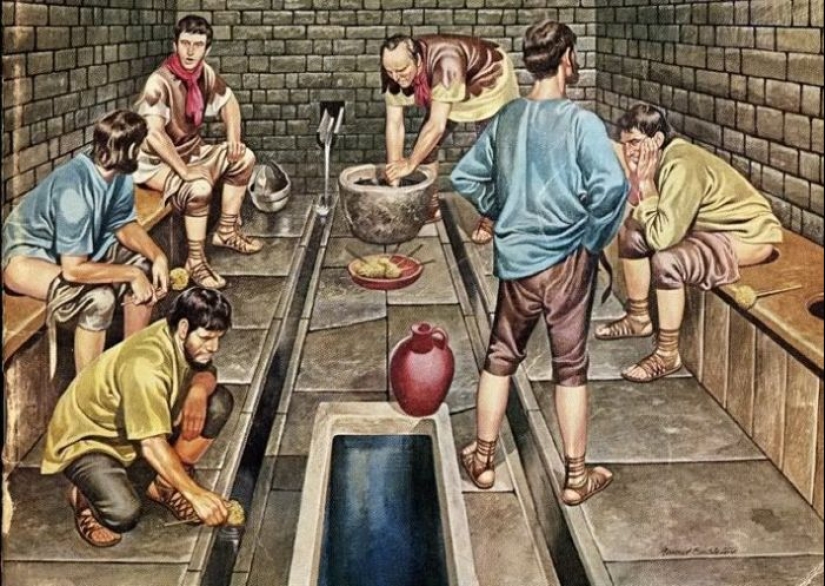
That is, the word "sapo" did not come from the name of the mountain, but rather from the borrowed Anglo-Saxon "sap", which translates as "juice" or "urine". It is generally believed that the Romans began to cook soap for the first time, but this is not entirely true. Despite the development of plumbing and the spread of public baths, people have been cleansing their skin with olive oil for a long time. The bodies heated up in the baths were smeared with oil, and then it was scraped together with dirt with the help of a special sickle–shaped scraper - strigil.
The Romans borrowed the recipe of the cleansing substance from the Gauls. Inventive Gauls mixed beech ash with goat fat and received an ointment that was used to clean clothes and body.
Muslim countries have made a significant contribution to the history of soap. Various oils and herbs were used to make fragrant bars. This soap was famous for its softness and pleasant smell. From Syrian pharmacies, merchants brought hygiene products to medieval Europe, where soap became a luxury item among the privileged strata of the population.
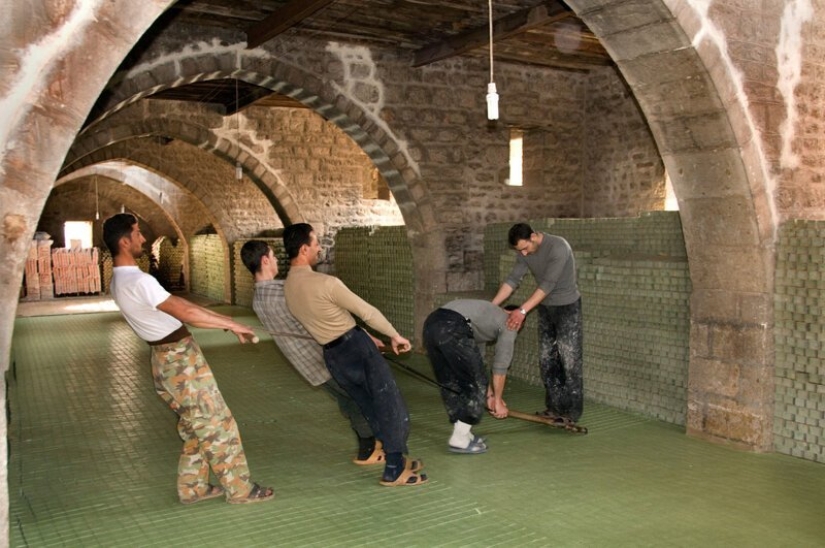
Since the VII century, soap making has become widespread in almost all countries. It is worth noting that Muslim masters in many ways surpassed Europeans in this craft. They made not only multi-colored solid soap, but also liquid soap. Separately, special shaving soap was brewed in the Iraqi cities of Basra and Kufa. According to historical information, such soap was sold for 0.3 dinars up to 981 AD.
In Europe, the Italians, the French, the British and the Spaniards were engaged in soap making. One of the most popular hygiene products was the Spanish soap Jabon de Castilla. Castilian soap was sold for 4 pence per bar.
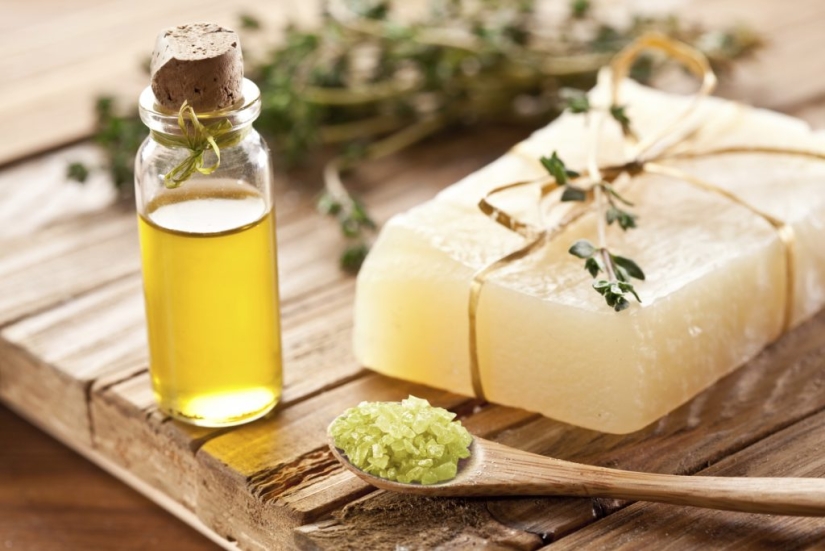
Since the XVI century, the history of soap has taken an unexpected turn. People began to use it only for cleaning and washing, because rumors spread among the population that all diseases are transmitted through water. Therefore, the population decided to abandon regular bathing. It is also worth noting that soap making at that time was part of the routine homework of almost every housewife. In 1662, a patent for the manufacture of soap was first issued in England.
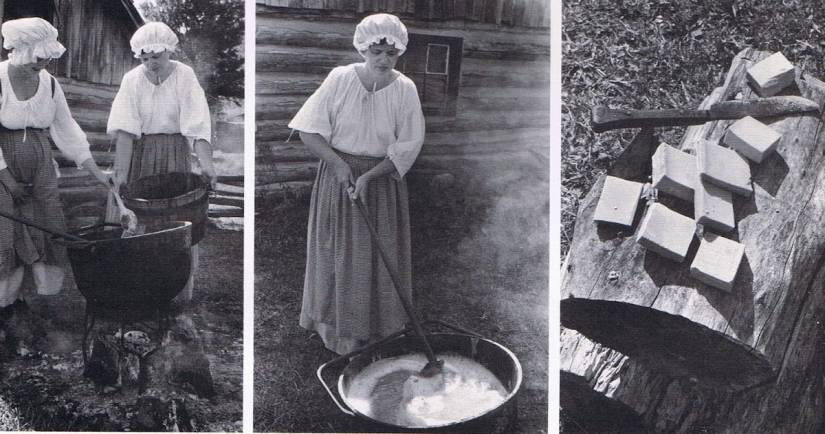
In 1807, the Colgate company was established, which at that time was engaged in the production of soap, candles and starch. Thanks to the French chemist Michel Eugene Chevrel, the technology of soap making has become cheaper, easier and more accessible. In 1837 , the Procter company appeared on the soap - making market & Gamble. The population resumed water procedures, but still avoided using soap.
The history of soap underwent significant changes during the American Civil War. The demand for toilet products has increased dramatically after reformers began to talk about how important personal hygiene and compliance with sanitary standards are.
In 1898, the world first saw Palmolive soap, which has not lost ground on the market until now. The legendary soap was made on the basis of palm and olive oils, hence the origin of its name.
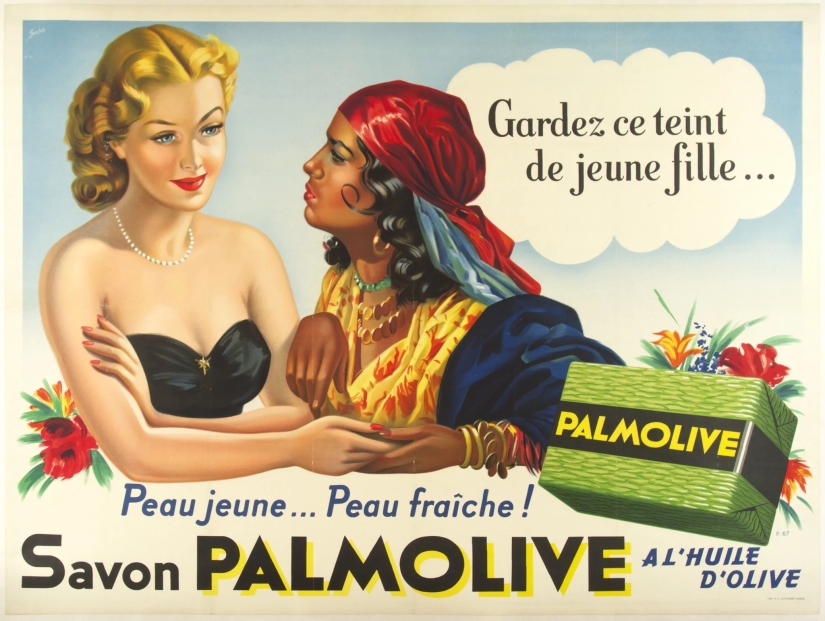
Since 1909, thanks to numerous laboratory experiments, soap has been produced everywhere on the basis of vegetable fats, increasingly moving away from the use of animal by-products. Procter & Gamble were among the first companies to change the soap recipe. Since then, it has become an affordable and widely used product among the population.
Today, not only large companies are engaged in soap making, but also ordinary people for whom soap making is a hobby. The technology of creating hygiene products has long reached a new level. The soap market is now much more diverse than it was just a hundred years ago. On sale you can find soap bars of various shapes and sizes, colors, smells and compositions.
Recent articles

Parenting looks flawless and attractive only in advertising diapers or on posters in a women's clinic. Experienced parents know ...

I want to somehow distract myself from the news about the pandemic and plunge into the beautiful. Here, for example, is a story ...

There is something hard to explain that draws us to old photos. Oddly enough, this effect also works with new, retro-styled photos. ...